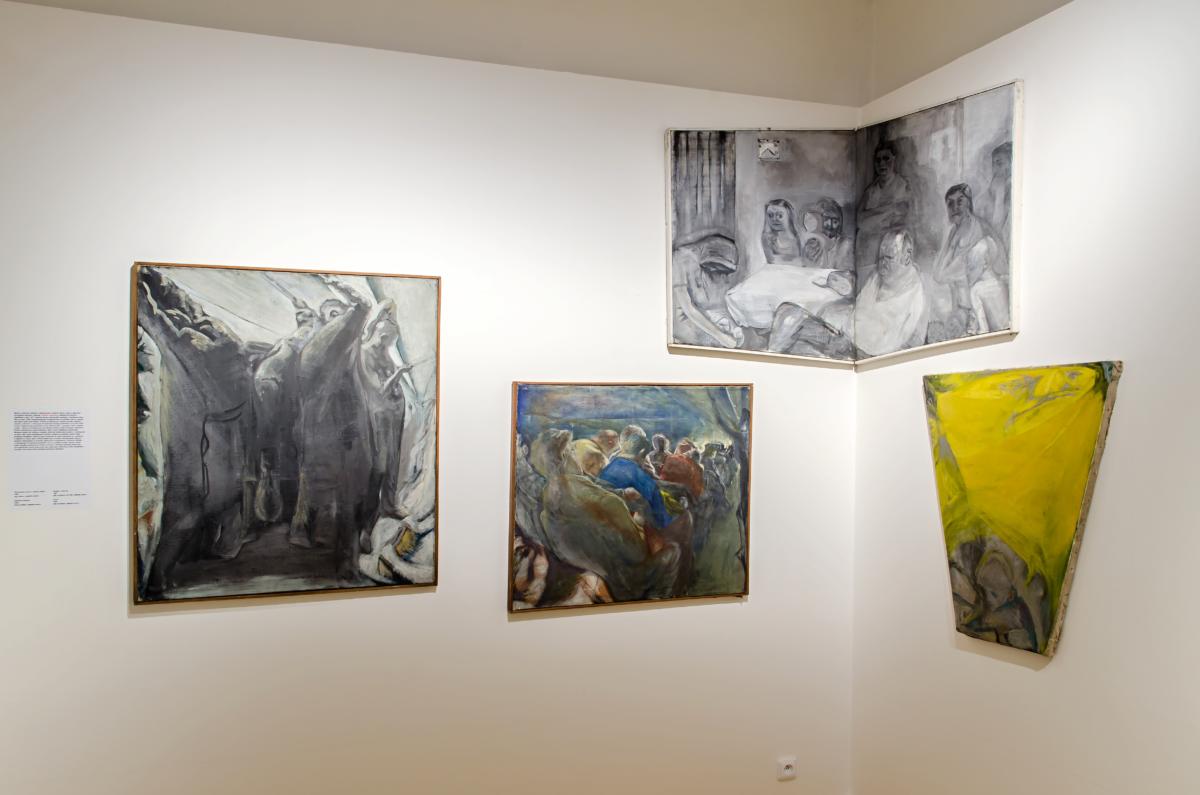
Before 1989 only three art academies existed in Czechoslovakia, two in Prague and one in Bratislava. The most prestigious of these three, of course, was the oldest one – the Academy of Fine Arts in Prague. At the time the typical triad of subjects, painting, sculpture and printmaking, together with restoration and architecture, were taught there. The Gallery of Fine Arts in Cheb has prepared a project which documents the diploma theses at this school during the so-called Normalization period, beginning with the violent suppression of the Prague Spring in 1968 and ending with the Velvet Revolution in 1989. Marcel Fišer, curator of the exhibition and director of the gallery, chose 37 important artists who have shaped Czech art from the beginning of the 1970s to the present. The work of most of these artists has been preserved, although in some cases, only fragments remain. The project also includes several key artists whose work has only survived in photographic documentation (Magdalena Jetelová, Čestmír Suška) and sometimes not at all (Martin Mainer, Jiří David) – at the very least these artists have been included in a catalogue published together with the exhibition. The catalogue also contains extensive recollections of almost all the artists as well as quotations from contemporaneous reports, opponencies and artists’ theses defences. Thus the catalogue presents a deep overview of the art milieu of the time. The institutional aspect defines an important theme in the exhibition as it seeks not only to introduce early works by significant artists but also to show how the structure of the academy and the ability of the professors can be seen in their work throughout the whole time period.

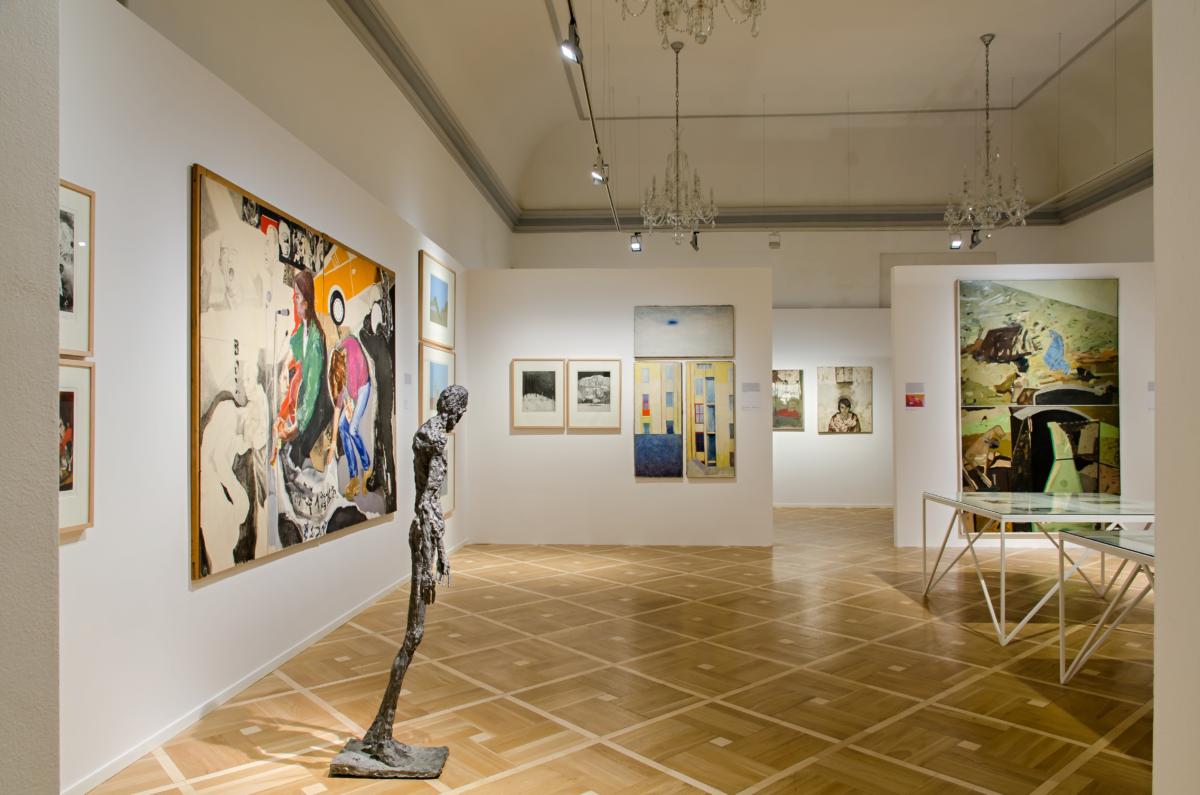
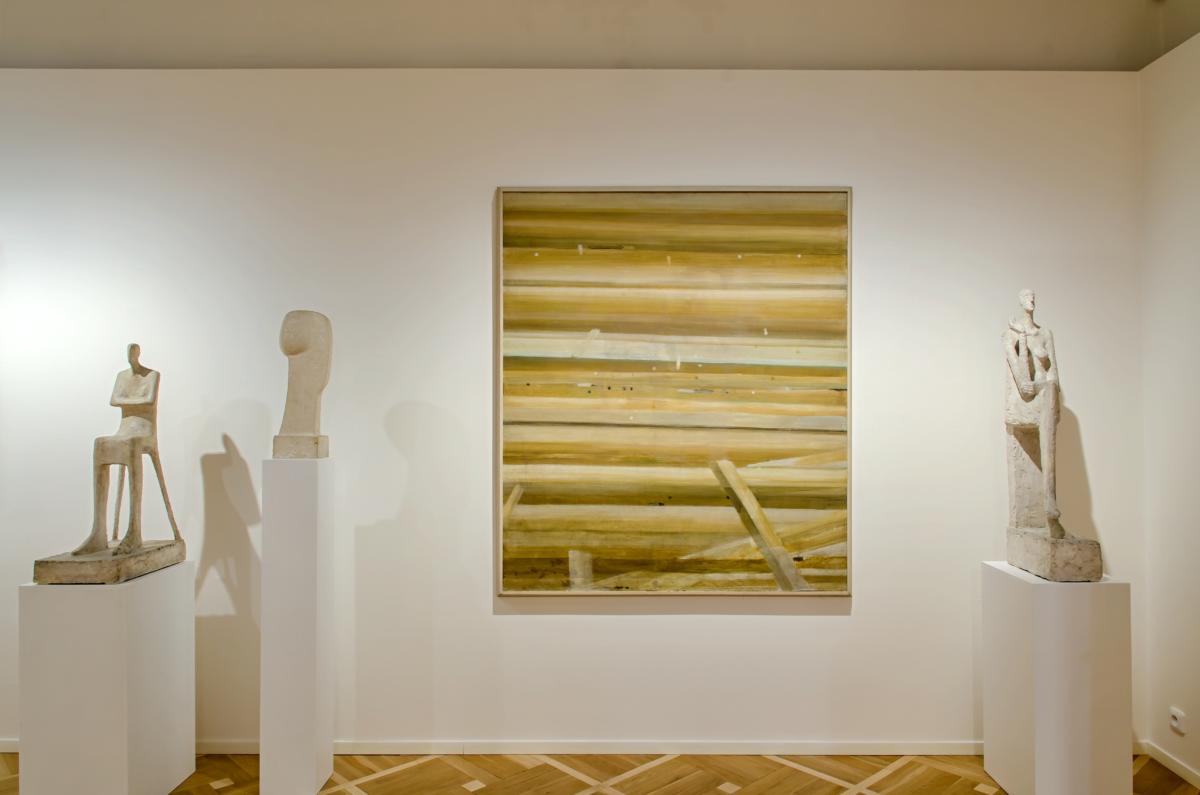
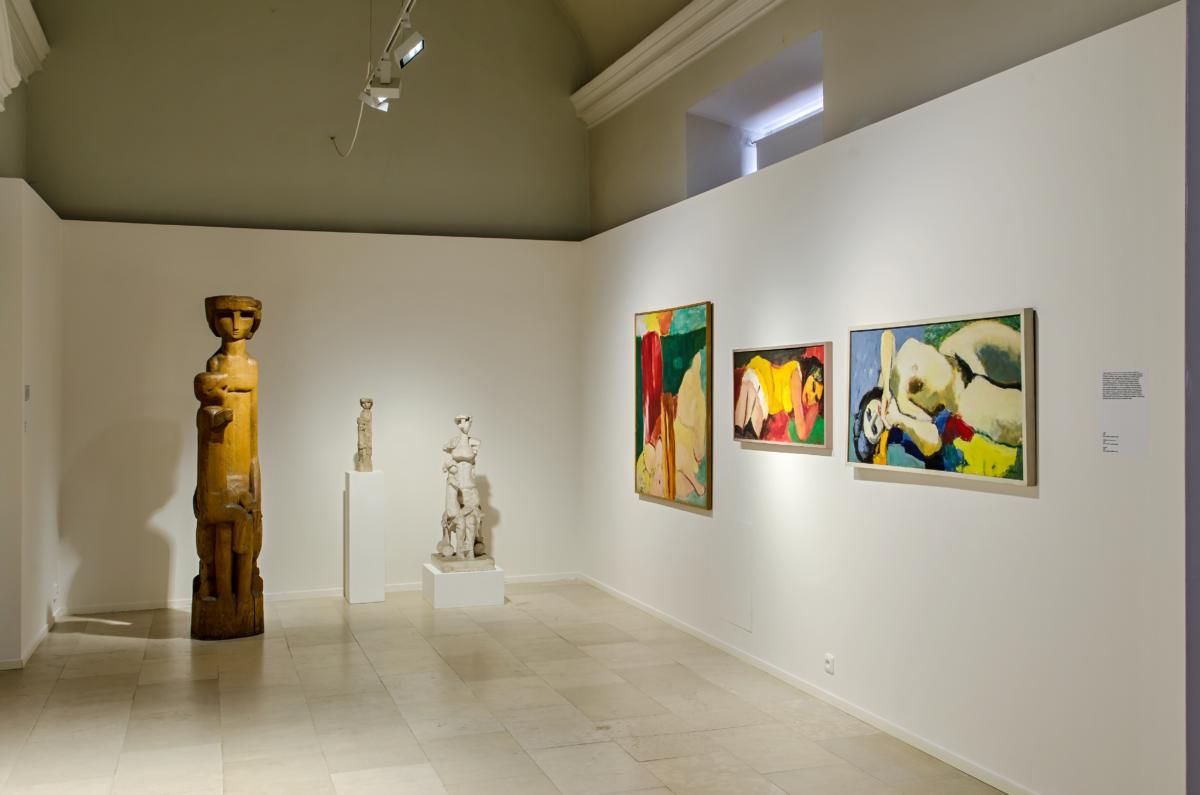
With hindsight, the 1970s and 1980s, connected to the presidency of Gustav Husák and the Russian occupation, can be seen as a long grey period suspended in time. The diploma theses, however, reflect the way this apparently inert period was actually changing. In the first part of the exhibition the fading afterglow of more liberal times is evident, including a strong generation of artists whose work corresponds with the so-called New Figuration, the last strong tendency of the 1960s following the previous waves of Art Informel and Geometric Abstraction. The theses of the time have an entirely liberated feeling and one can even find certain hidden intimations of the gloomy atmosphere of the period. For example, Magdalena Jetelová presented her sculptural installation Expulsion from the Garden of Eden with the four giant feet of Adam and Eve from Masaccio’s famous work.
The gradual hardening of political relations and the restriction of personal liberties began to be reflected around 1973 in the ideological direction of diploma theses, which at the very least were to approach the theme of the working class. The most prominent artists were able to adapt to it without any detriment to the quality of the work: for example, Michael Rittstein came up with a cycle of grotesque paintings of country life, which were most definitely not a celebration of the socialist village. The 1970s were a difficult period for Czech culture on the whole, and this was also true for the academy, as seen in this exhibition. From the five years between 1975 and 1979, only two people were selected for the show! (For comparison, from 1972/73 and again in 1985/86, five people were chosen, ten altogether.) In other words, at that time the academy barely produced artists who were able to find recognition on the art scene, if such a scene even existed. The parallel unofficial scene was only just starting to form and there was nothing happening in the official one.
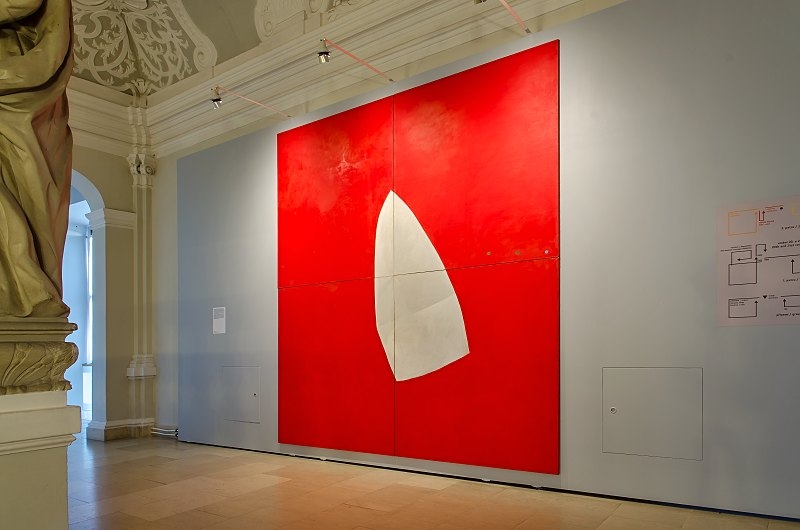
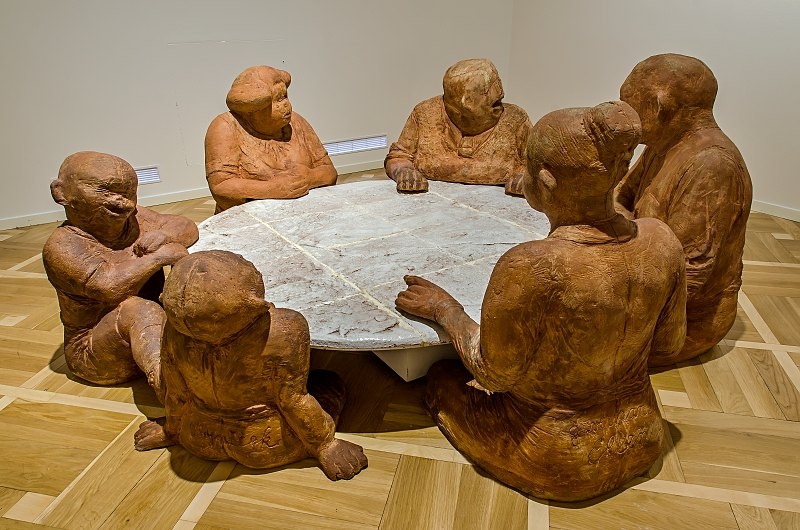

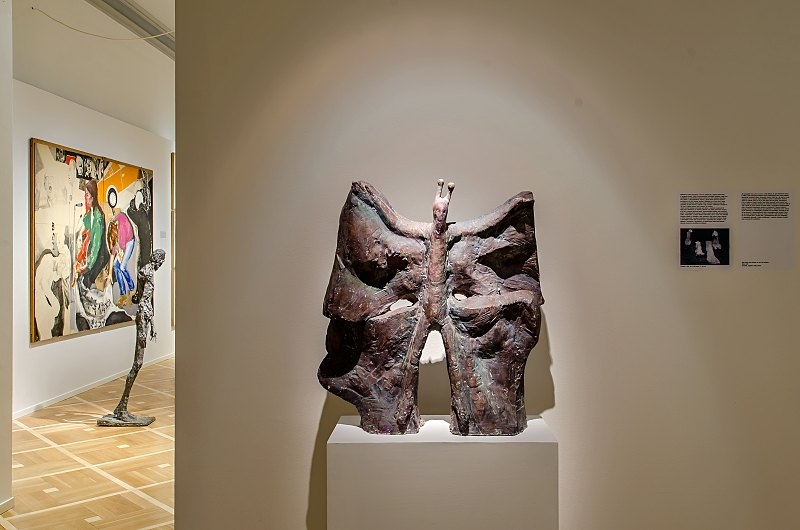
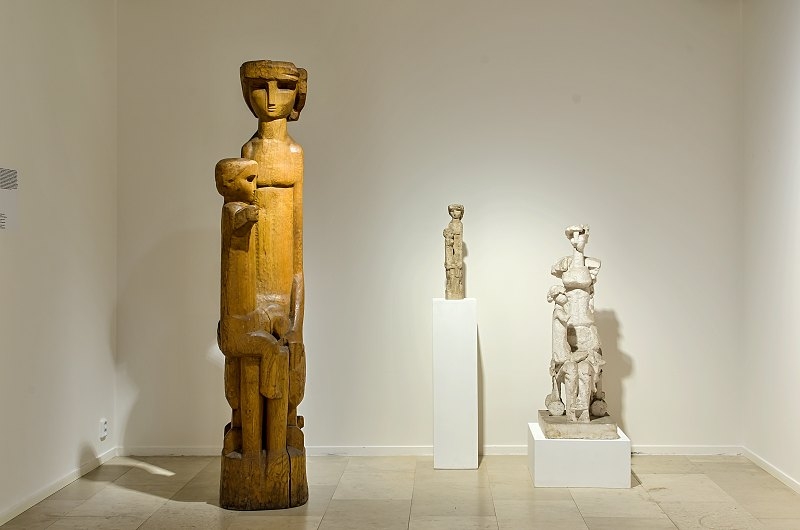
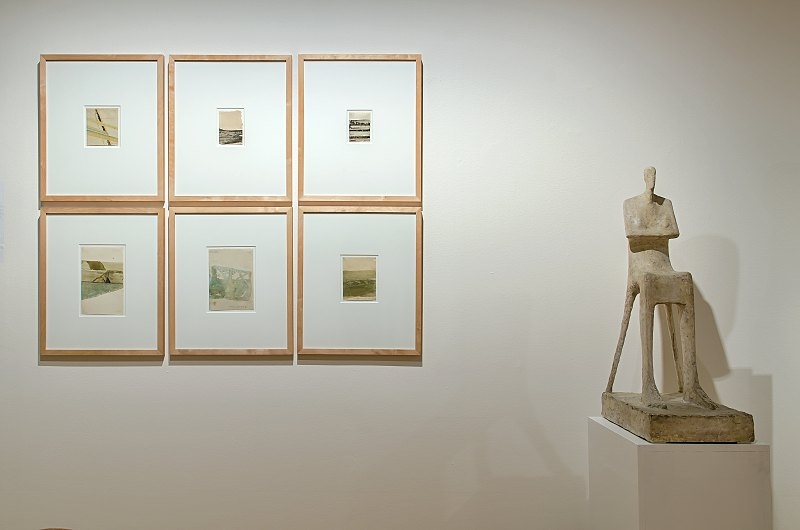
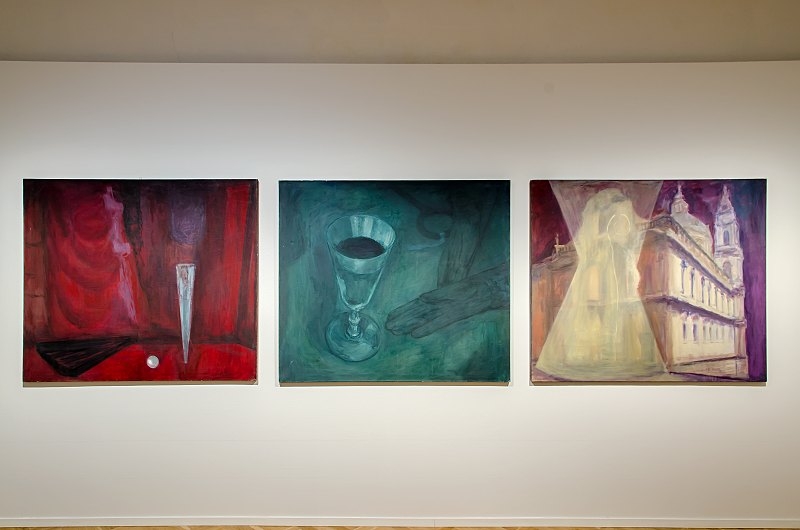
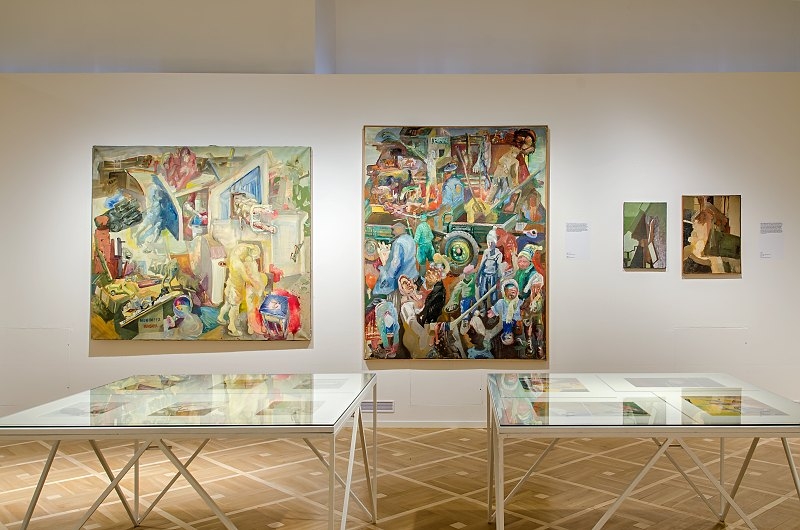
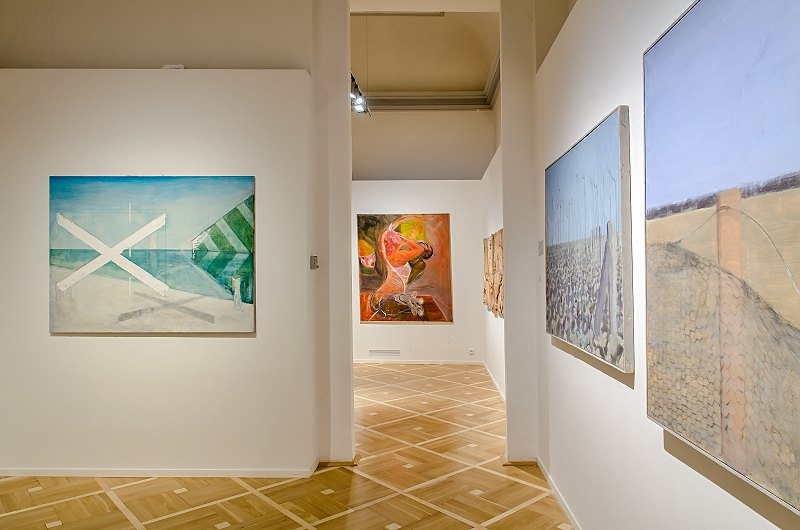

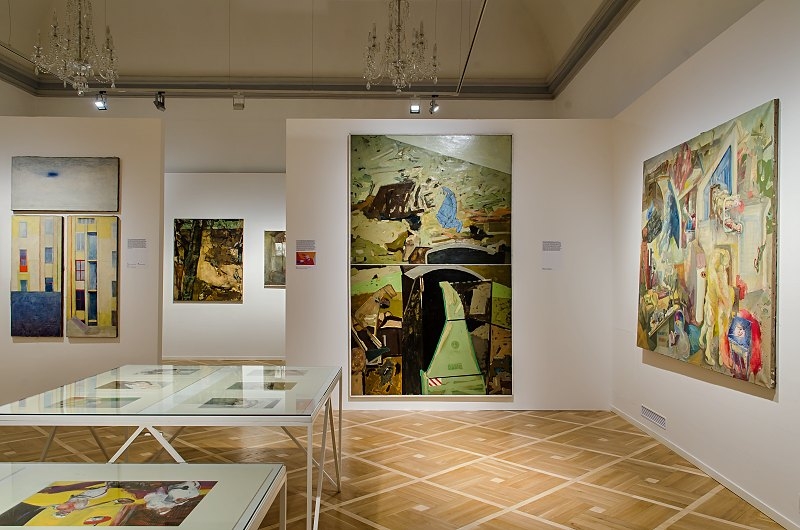
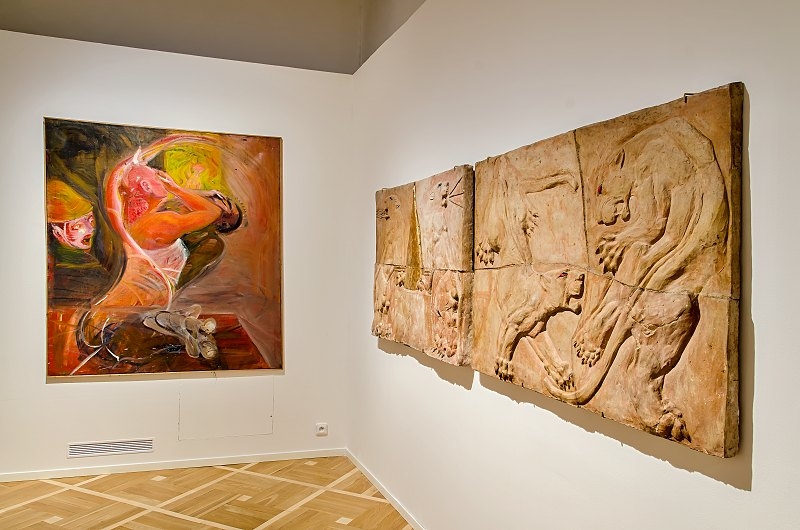
However, when the first important events in public happened at the beginning of the 1980s, graduates or even students at the academy (Vladimír Merta, Čestmír Suška) participated in them. And other strong personalities appeared such as Vladimír Kokolia, after 1989 he was the first winner of the Jindřich Chalupecký Prize for Artists under 35 (1990) and participated in Documenta (1992). His graduation thesis in 1981 on Urban Public Transport is one of the most interesting at this exhibitions. In the 1980s a strong postmodern generation emerged, represented by Petr Nikl, Tomáš Císařovský, Michal Gabriel and Antonín Střížek. The situation among the teaching staff was completely desperate throughout this period, and was even worse in the second half of the 1980s: old instructors from the 1940s (Smetana, Jiroudek, Paderlík, Souček) who enjoyed at least some respect from the students, could not pass down much, then the artists became slightly younger, but qualitatively much weaker. The students were learning much more from each other, and important impulses were coming from outside the school. For example, the married couple of influential theoreticians, Jana and Jiří Ševčík, had already come in contact with international postmodern currents, and Jana Ševčíková took on the role of opponent for the diploma theses of Jiří David and Antonín Střížek.
In some cases, the exhibition reflects the schizophrenia of the times, when one thing was done at home in the studio and something else for school studies. Nevertheless, it contains a number of interesting works of extraordinary quality, which, despite all the above-mentioned limitations, work quite freely and fit logically into each artist’s body of work as early, yet little-known pieces.
Imprint
| Artist | František Hodonský, Kurt Gebauer, Miloš Cvach, Ellen Jilemnická, Magdalena Jetelová, Bohumil Zemánek, Michal Ranný, Marie Blabolilová, Svatopluk Klimeš, Petr Pavlík, Jiří Sozanský, Tomáš Švéda, Michael Rittstein, Ivan Ouhel, Jiří Lindovský, Petr Veselý, Boris Jirků, Čestmír Suška, Vladimír Kokolia, Ivan Komárek, Richard Konvička, Eva Prokopcová, Vladimír Merta, Josef Žáček, Daniel Balabán, Martin Mainer, Jan Pištěk, Oldřich Tichý, Jiří David, Jiří Kornatovský, Jan Merta, Petr Nikl, Michal Gabriel, Antonín Střížek, Tomáš Císařovský, Otto Placht, Igor Korpaczewski |
| Exhibition | Diploma works at the Academy of Fine Arts in Prague 1969-1989 |
| Place / venue | GAVU Cheb |
| Dates | January 11 – April 1, 2018 |
| Curated by | Marcel Fišer |
| Photos | Jiří Gordon |
| Website | www.gavu.cz |
| Index | Academy of Fine Arts in Prague Antonín Střížek Bohumil Zemánek Boris Jirků Čestmír Suška Daniel Balabán Ellen Jilemnická Eva Prokopcová František Hodonský GAVU Cheb Igor Korpaczewski Ivan Komárek Ivan Ouhel Jan Merta Jan Pištěk Jiří David Jiří Kornatovský Jiří Lindovský Jiří Sozanský Josef Žáček Kurt Gebauer Magdalena Jetelová Marcel Fišer Marie Blabolilová Martin Mainer Michael Rittstein Michal Gabriel Michal Ranný Miloš Cvach Oldřich Tichý Otto Placht Petr Nikl Petr Pavlík Petr Veselý Richard Konvička Svatopluk Klimeš Tomáš Císařovský Tomáš Švéda Vladimír Kokolia Vladimír Merta |
